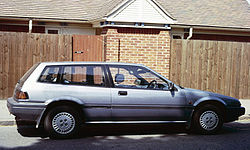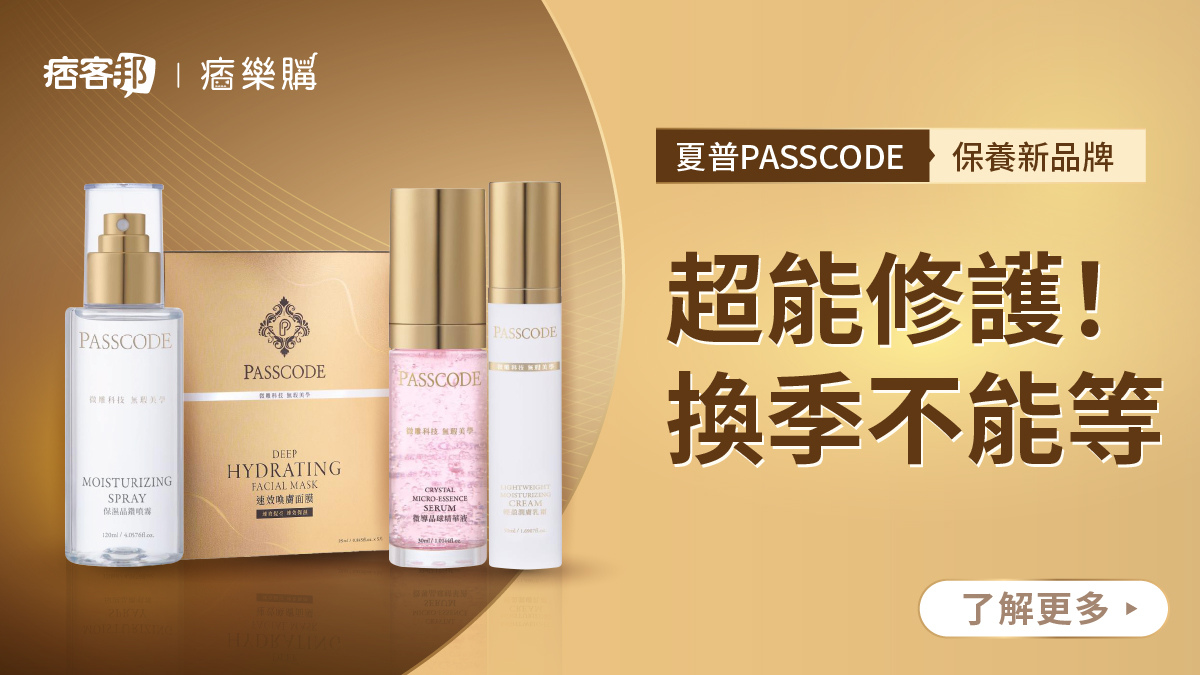Honda Accord MK3 3D(台南街頭........頭文字D.......AE86)
這部車是在(7/03/2005)在台南勝利路看到的 ..................
不過它不是正港TOYOTA AE86...............
它是HONDA1986年的三代雅哥............
開車的是一個年輕辣媽...........不是周杰倫喔................
蠻漂亮的.........
但是朋友忘了把辣媽照下來
下面是他的車





[edit] Third generation (1986—1989)
 | |
| 1986-1989 | |
| Marysville, Ohio, United States Sayama, Japan | |
| Compact | |
| 2-door coupe 3-door hatchback 4-door sedan 3-door station wagon (Aerodeck) | |
| 2.0L 98 hp (73 kW) I4 2.0L 120 hp (89 kW) I4 | |
| 4-speed automatic 5-speed automatic 5-speed manual | |
| 102.4 in (2601 mm) | |
| Hatchback: 174.8 in (4440 mm) Sedan & Coupe: 179.7 in (4564 mm) 1986-88 Coupe: 179.1 in (4549 mm) | |
| Hatchback & 1986-88 Coupe: 66.7 in (1694 mm) Sedan & 1989 Coupe: 67.4 in (1712 mm) | |
| Hatchback & 1986-88 Coupe: 52.6 in (1336 mm) Sedan: 53.4 in (1356 mm) 1989 Coupe: 52.7 in (1339 mm) | |
| 15.9 US gallons (60.2 L/13.2 imp gal) | |
The third generation Accord was introduced in Japan and Europe in 1985 and North America in 1986. It had a very striking shape, bearing a resemblance to the second and third generation Preludes. One notable feature was the flip-up headlights, unusual for a sedan. Sedan models sold on the European market featured fixed headlights and a different taillight cluster.
This Accord became the first Honda to employ double-wishbones at both the front and rear ends -- a layout that spread to the Civic and Prelude in 1988 and the Integra in 1990. While more expensive than competitors' Macpherson strut systems, this setup provided better stability and sharper handling for the vehicle. All have front and rear stabilizer bars as well. Brakes were either large 4-wheel discs with twin-piston calipers (as in the JDM Si model), smaller 4-wheel discs with single piston calipers, or a front disc/rear drum system. ABS was also available as an option on the 4-wheel disc brake models, though not in North America. Base model Accords rode on 13-inch steel wheels with hubcaps with more expensive models having the option of 14-inch alloy wheels.
The Accord's available engines included the following: In Japan, the A18A, B18A, and B20A; in Europe and Canada, the A16A1, A20A4, B20A2 and B20A8; in North America (excluding Canada): the A20A1, A20A2, and A20A3.
The Accord's interior ranged from spartan to luxurious. In the Japanese home market, the Accord was available with a full power package, leather upholstery, heated seats, heated mirrors, a digital instrument cluster, and even climate control. The Accord Aerodeck (a three-door hatchback Accord made for Japanese and European consumers) had Recaro seats. Export Accords were not available with most of these options, presumably (and in the USA in particular) because Honda was seen as a builder of economy cars.
The Accord was available in several body styles throughout the world, including a 4 door sedan, 2 door coupe, 3 door liftback and 3 door "Aerodeck", which resembles a station wagon (not available in US or Canada).
In North America, four basic models were available. The entry level DX (LX in Canada) featured standard items such as cruise-control, rear window defogger and digital clock. Windows, door locks and mirrors are all manually operated, and commonly standard items today such as a sound system and right hand mirror were available but not standard. Hatch and sedan models featured unpainted black bumpers.
The mid-grade LX (EX in Canada) was loaded with standard features such as air conditioning, power windows, power locks, power mirrors on both sides, high-power AM/FM cassette, body colored bumpers, and rear seat armrest. Both the DX and LX models featured the A20A1, a 98 bhp (73 kW) carburated engine, though LX models received a larger front stabilizer bar. Earlier engine codes for 1986 labeled the carburated models as BS while the Fuel injected motor was labeled BT.
The top of the line LX-i (EX-i in Canada) added to the features of the LX with a 110 bhp (82 kW) fuel injected engine (A20A3) and standard power moon roof and power antenna. 13" alloy wheels, rear stabilizer bar and full-logic cassette player.
In 1989 Honda brought back the SE-i trim which included leather seats, cupholders, a Honda-Bose music system, bronze-tinted glass, machined 14" alloy wheels, dual-tip muffler and 4-wheel disc brakes. The SE-i was available in both coupe and sedan versions; only two colors were offered, a charcoal gray on both models, and either a dark brown metallic on 4-doors, or a green metallic on coupes. The side mirrors and body mold trims uses matching body color as well.
In 1988, the NADM Accord received a slight makeover. Bumpers, front trim (corner lights, eyelids and grille - sedan & coupe only), and rear signal lights were modified (also sedan & coupe only), and larger stabilizer bars were added to improve handling performance. 14" alloys, shod with 195/60R14 tires were standard on the LX-i 4-door, with coupes and hatchbacks receiving the same tires on 14" steel rims with covers. Fuel injected LX-i models received a 10 hp (7 kW) boost, reaching about 120 hp (89 kW) at the crank, and an Accord coupe was introduced for the first time. Built in Marysville, Ohio, it was the first Japanese car to be produced in a factory located in the United States and exported back to Japan.




 留言列表
留言列表


